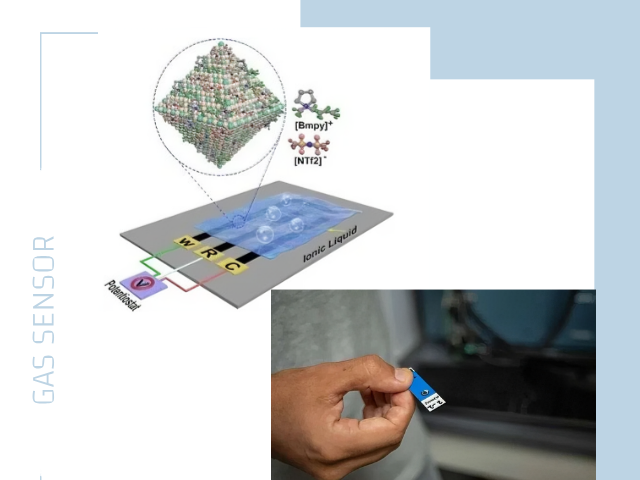
To Our Valued Customers and Industry Partners: Maiya Sensor is proud to introduce the new MST LS4 Series Laser Methane Sensor, a high-precision, compact gas sensor based on Tunable Diode Laser Absorption Spectroscopy (TDLAS). It features small s...
Read More
On October 22nd, the 27th China International Gas, Heating Technology and Equipment Exhibition grandly opened at Haikou Hainan International Convention and Exhibition Center.
Read More
According to Mems Consulting, recently, a research team from the University of Missouri is working to maximize the safety of hydrogen energy. With more and more countries and industries making significant investments in cleaner and renewable energy, ...
Read More
The full name of SENSOR CHINA is "China (Shanghai) International Sensor Technology and Application Exhibition". Its first edition was held in Putuo, Shanghai in September 2016, and its development journey perfectly epitomizes the rapid growth of Chin...
Read More Hot News
Hot News2025-10-29
2025-10-22
2025-10-28
2025-10-28
2025-10-28
2025-09-15